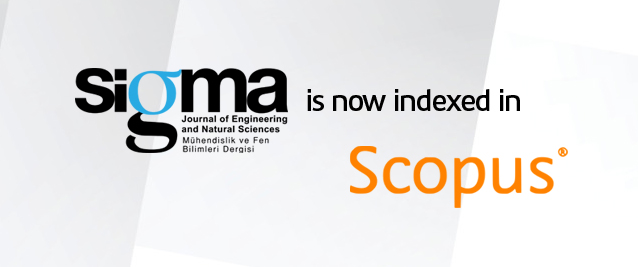Abstract
In this study, an alumina (Al2O3) ceramic coating and a composite coating containing tita-nium dioxide (TiO2) particles were prepared on surfaces of AA2024 substrates by micro-arc oxidation (MAO) treatment. The effects of micro-sized (≈20-30 µm) TiO2 particles incorpo-rated into electrolyte on the microstructure, phase and chemical composition, thickness, and friction behavior of the coating were investigated. The surface morphologies of the coatings were analyzed by scanning electron microscopy (SEM). The phase and chemical compositions of the coatings were evaluated by means of X-ray diffraction (XRD) and energy-dispersive X-ray spectrometry (EDS), respectively. The friction coefficient of the coatings was investi-gated using a pin-on-disc tribometer under condition of dry slip sliding. Moreover, the wear tracks were analyzed by SEM. Addition of TiO2 particles into the electrolyte resulted in the re-duction in number of pores and formation of smaller and more uniform pores in comparison with the Al2O3 ceramic coating. XRD analyses demonstrated that the TiO2:Al2O3 composite coating was composed of anatase-TiO2 and rutile-TiO2, as well as pure aluminum, α-Al2O3 and γ-Al2O3 which are the primary phases. The friction tests showed a significant reduction in the friction coefficient of the composite coated samples which contains titanium oxide (TiO2) particles in comparison with Al2O3 coated and uncoated samples.















